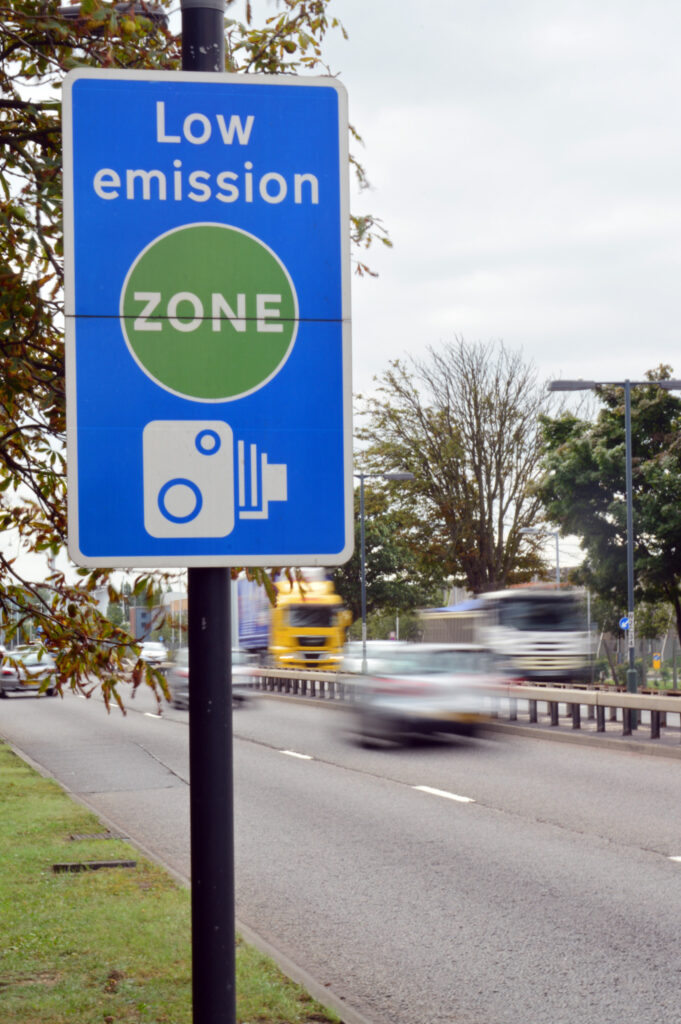Local emissions standards will add to trucking challenges
Tip O’Neill knew a thing or two about elections. The former U.S. Speaker of the House and longtime lawmaker faced his only loss at the ballot box in 1932, when he learned a lesson that became one of his lifelong refrains: “All politics is local”.
The phrase tends to mean voters are most concerned about issues that affect their personal lives and local communities, ultimately guiding decisions on election day.
Nowhere is that more apparent than in emerging rules that govern emissions.

Much has been made of tightening NOx standards imposed by the U.S. Environmental Protection Agency (EPA) and the California Air Resources Board’s (CARB) even stricter emissions standards and sales targets. Canada has its own targets that will require 35% of new medium- and heavy-duty vehicle sales to be zero-emission designs beginning in 2030.
But emissions-related goals are not limited to “macro-level” rules. Jurisdictions from municipalities to port authorities are establishing requirements of their own.
Local emissions rules in Canada
It’s happening here in Canada, too.
The Port of Vancouver has proposed a Rolling Truck Age Program that, if it had been enacted this spring, would have banned container-hauling trucks with Model Years older than 2006. That plan has been kicked down the road until at least the end of this year but remains on the books.
In Ottawa, meanwhile, the Ontario Committee of the Canadian Association of Physicians for the Environment has raised public health concerns surrounding a traffic and parking bylaw that directs truck traffic through a downtown corridor and along streets such as King Edward, Waller, Rideau and Nicholas.
“This anomalous approach to heavy truck traffic exposes thousands of Ottawans [including our City’s most vulnerable populations] to excessive air pollution – in particular diesel emissions from heavy trucks,” Ecojustice’s Lynda Collins and Ali Naraghi say in a call for Ottawa Public Health to investigate the situation.
Ontario’s Health Protection and Promotion Act, they add, mandate investigations into such complaints.
“Within the broader mix of traffic-related air emissions, large diesel trucks are the biggest contributors and older large trucks are the worst offenders. Health Canada confirms that diesel emissions can cause [among other things] cancer, respiratory inflammation, cardiovascular diesel and asthma,” they said.
“Most recently, researchers at the University of British Columbia have shown that even brief exposure to diesel exhaust ‘acutely impairs functional brain connectivity.’”
Ecojustice is calling for solutions such as continuous air quality monitoring along the trucking corridor, and a Low Emissions Zone.
Low-emission zones
Such zones are not without precedence.
Copenhagen is scheduled to test three types of zero-emission zones this year, while Amsterdam looks to implement one in the inner city by 2025, according to a briefing by the International Council on Clean Transportation. Eindoven, Netherlands, plans such a zone affecting trucks and vans beginning that same year, while Paris plans to tighten its low-emission zone to become a zero-emission zone by 2030.
Since 2018, nine streets in the London boroughs of Hackney and Islington have had a near-zero emission zone that restricts anything but vehicles which emit less than 75 grams of carbon dioxide per kilometer or battery-electric and fuel-cell-electric vehicles that can run at least 16 km without generating tailpipe emissions.
There’s no question that emerging vehicle-based standards represent a challenge for engineers and equipment buyers alike. But fleet managers should also keep a watchful eye on the city halls that govern jurisdictions in which they operate.
Because the pressure to be more sustainable can come from multiple directions.
Have your say
This is a moderated forum. Comments will no longer be published unless they are accompanied by a first and last name and a verifiable email address. (Today's Trucking will not publish or share the email address.) Profane language and content deemed to be libelous, racist, or threatening in nature will not be published under any circumstances.
Who wants to spend $ 250K on a new truck to wait 3 hours for a box twice a day to make peanuts hauling them
It would also allow enforcement to prevent Large Diesel Trucks from protesting in those areas.